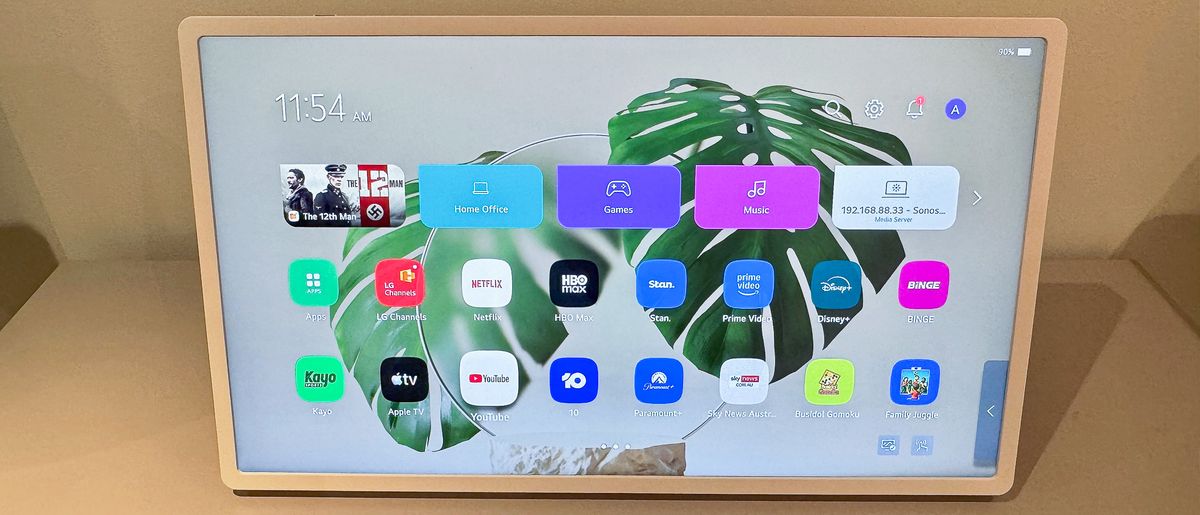Remember Google’s Project Starline, the 3D video conferencing “booth” that supposedly makes it feel like you’re talking to the other person as if they’re standing right in front of you, looking right into your eyes? After several years of trudging along as an impressive research project demo, Google is finally making the technology available as a commercial product.
Rebranded at Google I/O 2025, Project Starline is now called Google Beam. The tech giant has stuffed all of the necessary technology—a light field display that creates the visual depth for a person on a call and six cameras built into the three surrounding bezels for head-tracking—into what’s essentially a glasses-free 3D TV.
On a video call with media a day before the developer conference, Google CEO Sundar Pichai said Beam uses AI to merge multiple 2D video streams of a person into a “3D light field with perfect tracking.”
I’ve not tried Project Starline or Google Beam, but from what I’ve gathered from people who have, the lifelike human avatars approach the uncanny valley. Instead of a person’s eyes looking down, below a webcam, at a window on their computer screen, it’s as if they’re gazing directly at you.
 © Google / GIF by Gizmodo
© Google / GIF by GizmodoA new feature for Beam is near real-time voice translations between two callers. While not exclusive to Beam—the feature is launching in Google Meet for Google AI Pro and Google AI Ultra subscribers starting today—having almost live voice translations while making eye contact could make for a more meaningful connection via a 3D screen. I get the appeal—I really do, but the hardware and AI processing power aren’t going to come cheap.
 © Raymond Wong / Gizmodo
© Raymond Wong / GizmodoAlthough Google didn’t say how much a Beam unit costs, the fact that it’s partnering with HP to bring the first Beam device to businesses “with select customers later this year” tells you who it’s aimed at. Read: companies that can drop major cash on experimental next-gen video calling tech. In other words, Beam is intended for enterprise usage. Google also says it’s working with companies like Zoom and organizations including Citadel, Deloitte, Duolingo, Hackensack Meridian Health, NEC, Recruit, and Salesforce have shown interest and have plans to “bring it to their teams.”
 © Raymond Wong / Gizmodo
© Raymond Wong / GizmodoLook, if Google Beam is at I/O, and it’s as mind-blowing as people who’ve tried it say it is, I could be swayed. I love a chance to see the future—today. But as a consumer tech reporter who’s seen more than his fair share of high-tech enterprise products that could have consumer applications if only the cost wasn’t so freakin’ expensive, I’d say lower your excitement levels—way down. Beam is a commercial product for big businesses, and until that changes, it’s hard to get hyped for something that most people will probably never get to experience. And even if you happen to work at a company that might have a Beam in a conference room somewhere, are you really going to go out of your way to use it just to have a more “natural” and realistic video call? I don’t know anybody who genuinely likes being on a video call, and you’re asking them to want to willingly let somebody be even more up in their personal space? Something tells me the novelty isn’t going to be worth the hassle when our laptops can make video calls from anywhere, not just in front of a big and heavy 3D TV booth.








 English (US) ·
English (US) ·